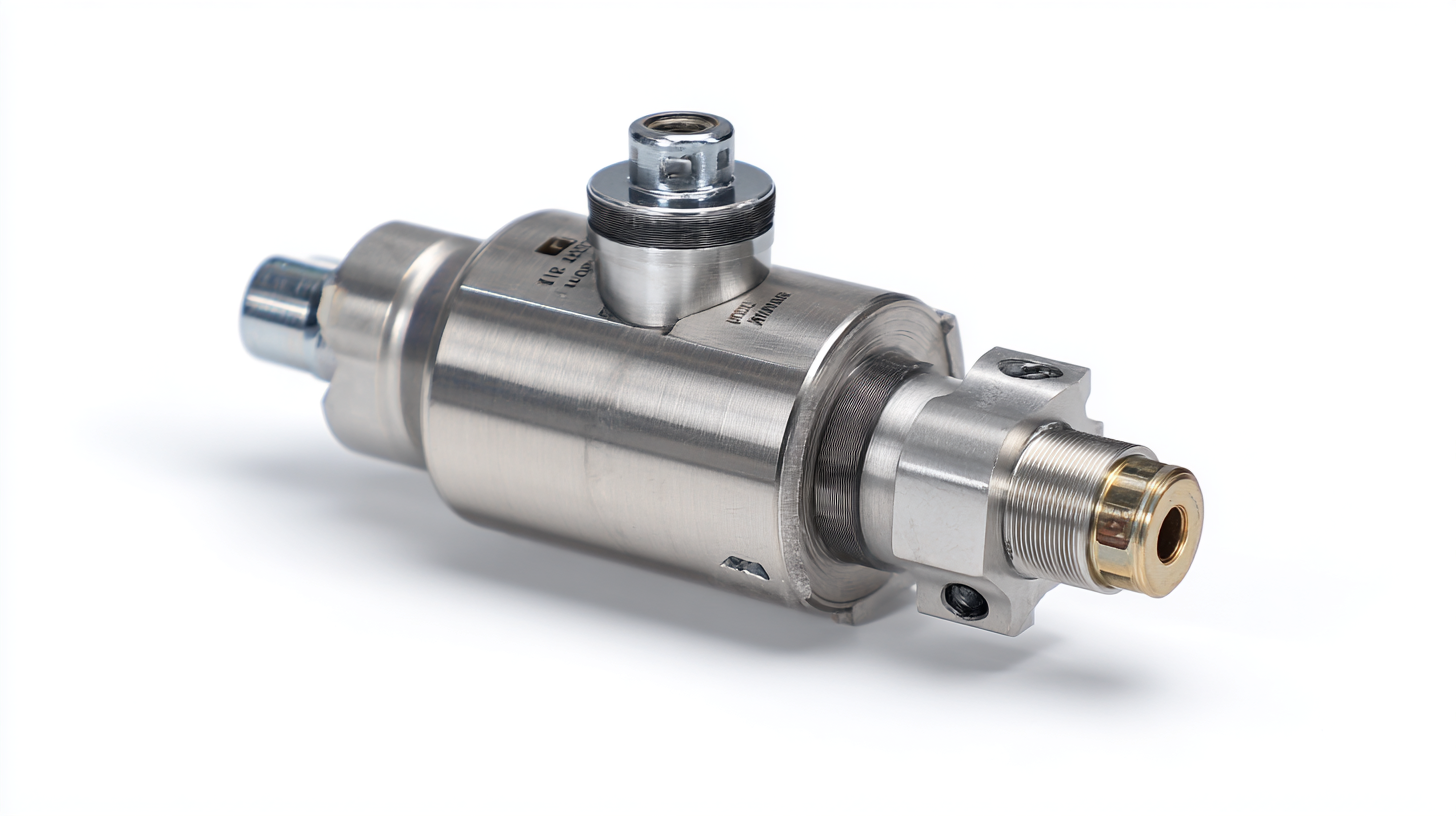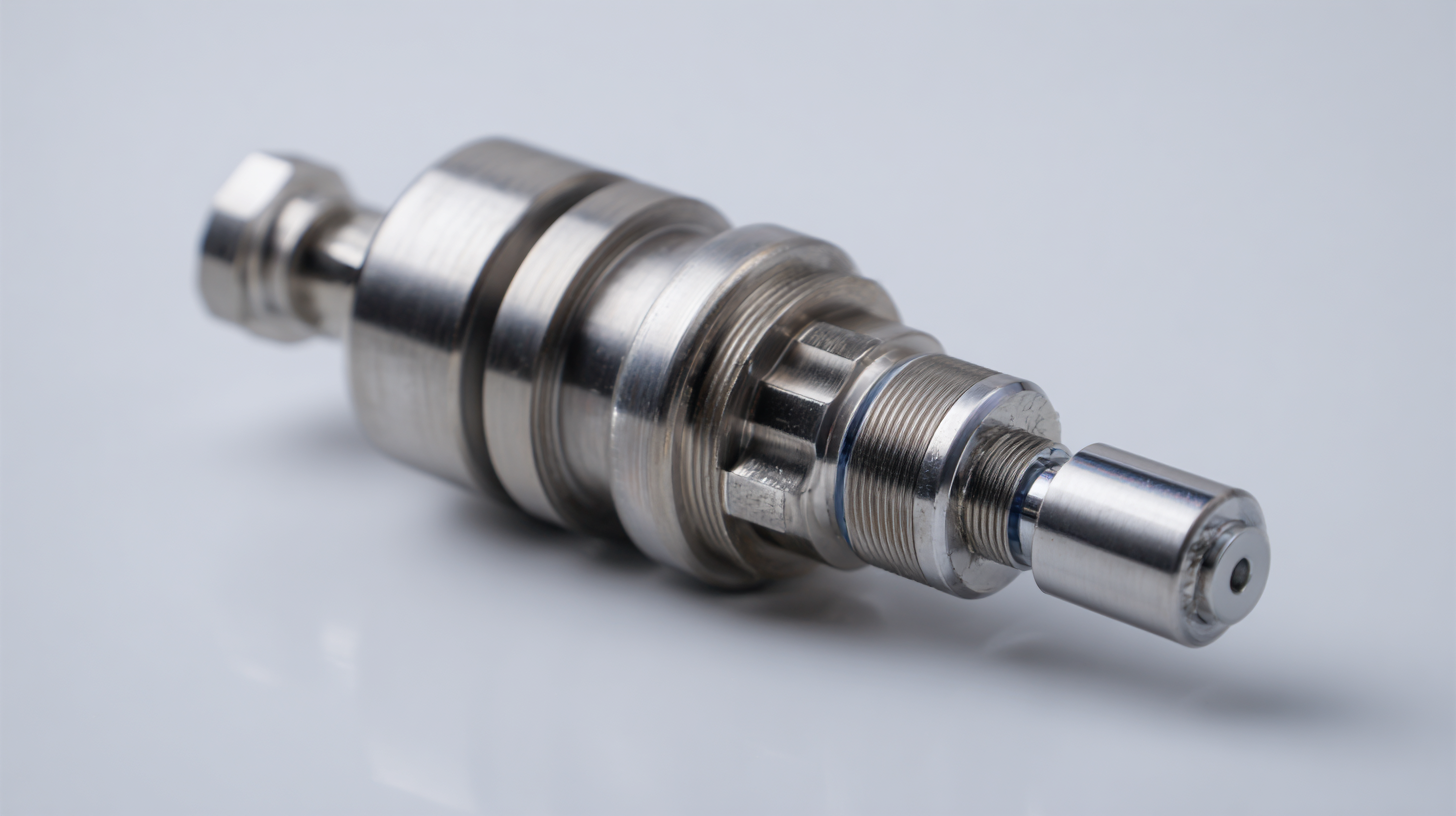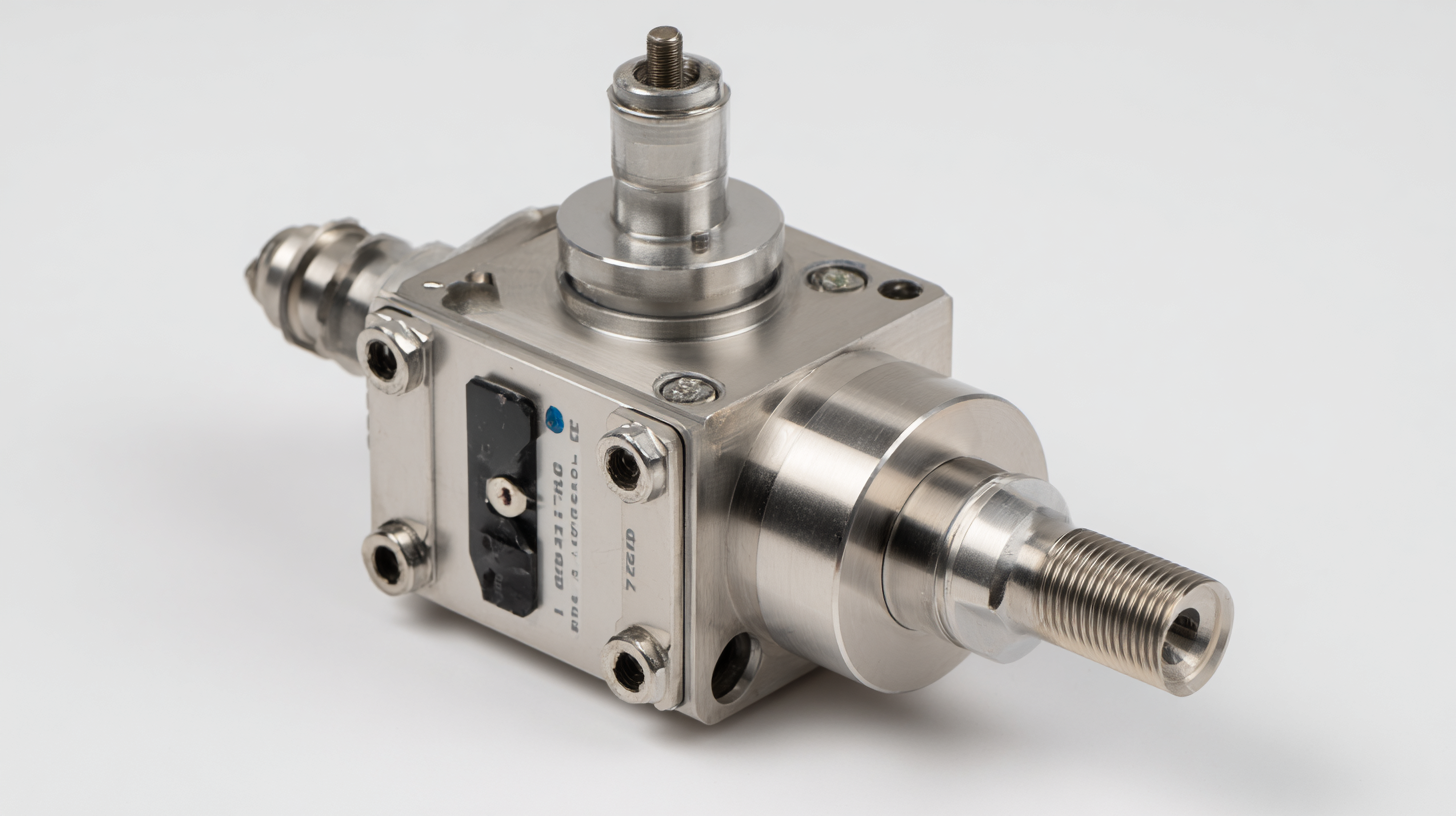- Products
- Pressure Reducing Regulators
- Back Pressure Regulators
- Tank Blanketing Valves
- Temperature Regulators
- Industrial Control Valves
- Wafer Style Control Valves
- JCVS Industrial Control Valves
- Globe Style/Cage Guided Control Valves
- Mixing/Diverting Control Valves
- Motor Operated Control Valves
- Valve Positioners & Accessories
- Applications
- Resources
- Find a Sales Rep
- Brands
Unlocking Performance: Key Technical Specifications of the Best Back Pressure Valve for Global Buyers
In today's competitive industrial landscape, the selection of the right equipment can significantly influence operational efficiency and cost-effectiveness. Among the critical components used in various processes, the Back Pressure Valve (BPV) stands out as a vital element that regulates pressure and optimizes performance in fluid systems. According to a recent report by MarketsandMarkets, the global BPV market is projected to grow from USD 2.1 billion in 2021 to USD 3.1 billion by 2026, reflecting a compound annual growth rate (CAGR) of 8.3%. This surge underscores the increasing importance of choosing high-performing BPVs that meet stringent technical specifications across diverse applications. In this blog, we will explore key factors to consider when selecting the best BPV, offering valuable tips and insights tailored for global buyers to unlock superior performance and reliability in their operations.

Understanding Back Pressure Valves: Essential Characteristics for Buyers
Back pressure valves play a critical role in regulating pressure within various industrial processes, ensuring optimal performance and safety. Understanding their essential characteristics is crucial for buyers seeking the best equipment for their operations. According to a report by MarketsandMarkets, the global back pressure valve market is projected to reach over $2.3 billion by 2026, driven by increasing demand in sectors such as oil and gas, pharmaceuticals, and chemicals.

When evaluating back pressure valves, buyers should focus on key technical specifications, such as the valve's design, materials, and flow rate capacity. For instance, a two-way valve configuration often demonstrates better flow efficiency, making it suitable for applications with turbulent flow conditions. Furthermore, robust materials like stainless steel are preferred for high-temperature and corrosive environments, ensuring durability and extended service life. A comprehensive understanding of these characteristics empowers buyers to make informed decisions, ultimately enhancing system performance and reliability.
Materials and Durability: What to Look for in Back Pressure Valve Selection
When selecting a back pressure valve, materials and durability are critical factors that influence performance and longevity. The valve’s construction materials should not only withstand the demanding conditions of operation but also resist corrosion and wear. For example, metals such as stainless steel and advanced polymers like PTFE are often preferred due to their superior strength and durability. These materials ensure that the valve maintains its integrity over time, which is essential in preventing failures that could lead to system disruptions.
In addition to materials, the treatment and surface modifications used in manufacturing the valve can significantly enhance its performance. Surface treatments can reduce friction and improve flow characteristics, leading to more efficient operations. As seen in recent advancements across various industries, including the use of composite materials in automotive applications, integrating innovative materials and designs can lead to superior functionality and longer service life. Selecting a back pressure valve with these considerations in mind will ensure optimal performance and reliability in any application.
Flow Rate and Pressure Settings: Key Specifications Impacting Performance
When selecting a back pressure valve, understanding the flow rate and pressure settings is crucial for optimizing performance.
Flow rate, measured in gallons per minute (GPM) or liters per minute (LPM), dictates how efficiently the valve can handle fluid movement under varying conditions. According to a recent industry report by Pumplogic, valves with a flow rate of 25 GPM or higher significantly enhance system efficiency, minimizing pressure drops that can lead to operational issues.
Pressure settings, on the other hand, must align with the specific requirements of your system. The ideal pressure setting is usually determined by the application's operational parameters. A study from the Valve Manufacturers Association indicates that valves operating within a pressure range of 50 to 75 psi yield optimal performance across various installations. Ensuring that your back pressure valve is calibrated correctly can prevent over-pressurization, which might lead to equipment fatigue or failure.
Tips: When selecting a back pressure valve, always refer to the manufacturer’s specifications to confirm compatibility with your system. Additionally, considering the installation environment is key—temperature fluctuations and fluid types can influence your valve choice significantly. Regular maintenance checks can also ensure that your valve continues to perform at its best, preventing costly downtime.
Compliance Standards: Industry Regulations for Back Pressure Valves
When selecting a back pressure valve, compliance with industry regulations is paramount for global buyers. Each region boasts specific standards that aim to ensure safety, efficiency, and reliability. For example, in the United States, the American Society of Mechanical Engineers (ASME) sets forth guidelines that manufacturers must adhere to for pressure vessels and valves, while the European Union implements the Pressure Equipment Directive (PED). Understanding these regulations is critical not only for ensuring product quality but also for avoiding potential legal issues.
Tips: Always verify that the back pressure valve you choose has necessary certifications. Look for documentation like ISO compliance certificates or design registrations that demonstrate adherence to local regulations.
Moreover, it’s essential to consider performance specifications in conjunction with compliance standards. Factors such as pressure rating, temperature limits, and material compatibility play a significant role in the valve’s function in a system. Buyers should focus on valves that not only meet regulatory requirements but also offer superior durability and operational efficiency.
Tips: Consult with manufacturers about their regulatory compliance processes and request performance test data to ensure the valve can handle the specific conditions of your application.

Choosing the Right Manufacturer: Evaluating Quality and Reliability in Design
When selecting a back pressure valve, one of the most critical considerations lies in the choice of manufacturer. Evaluating the quality and reliability of design can significantly impact the performance and longevity of the valve. Renowned manufacturers often adhere to stringent quality control processes and certifications, ensuring that their products reliably meet industry standards. A meticulous review of a manufacturer's reputation and history can provide insight into their commitment to quality craftsmanship and innovative design.
Moreover, understanding the design intricacies is vital for global buyers. A well-designed back pressure valve should not only function effectively under varying conditions but also minimize maintenance needs. Manufacturers that invest in research and development are more likely to produce valves that incorporate advanced materials and technologies, resulting in enhanced durability and efficiency. Buyers should consider conducting thorough market research, including assessments of client testimonials and case studies, to ensure they select a manufacturer that aligns with their specific performance demands and reliability standards.
